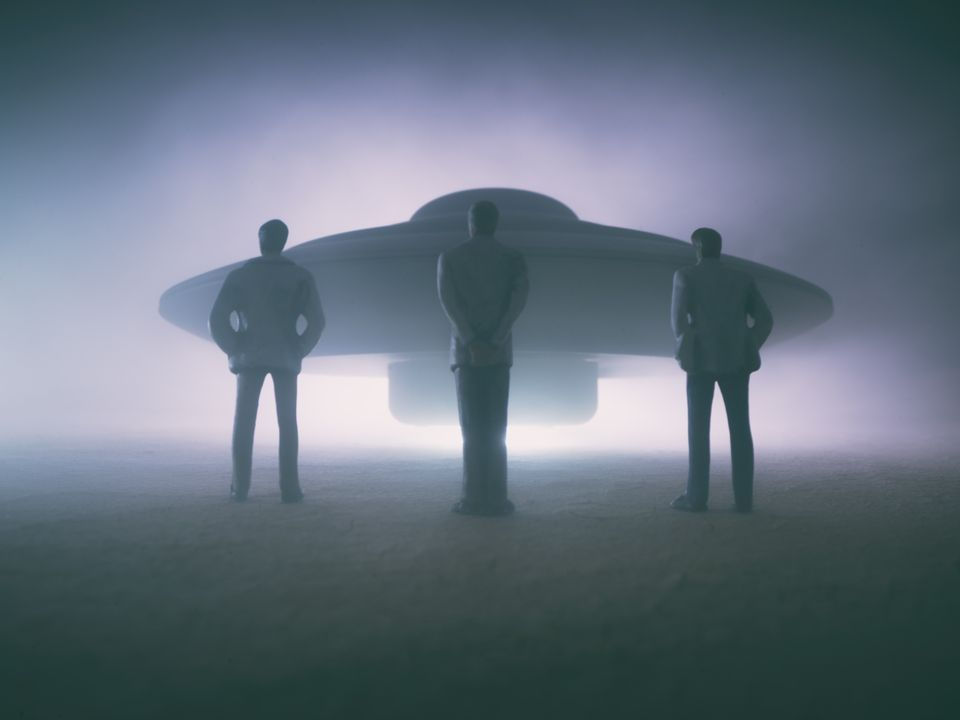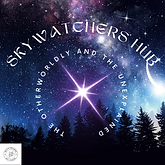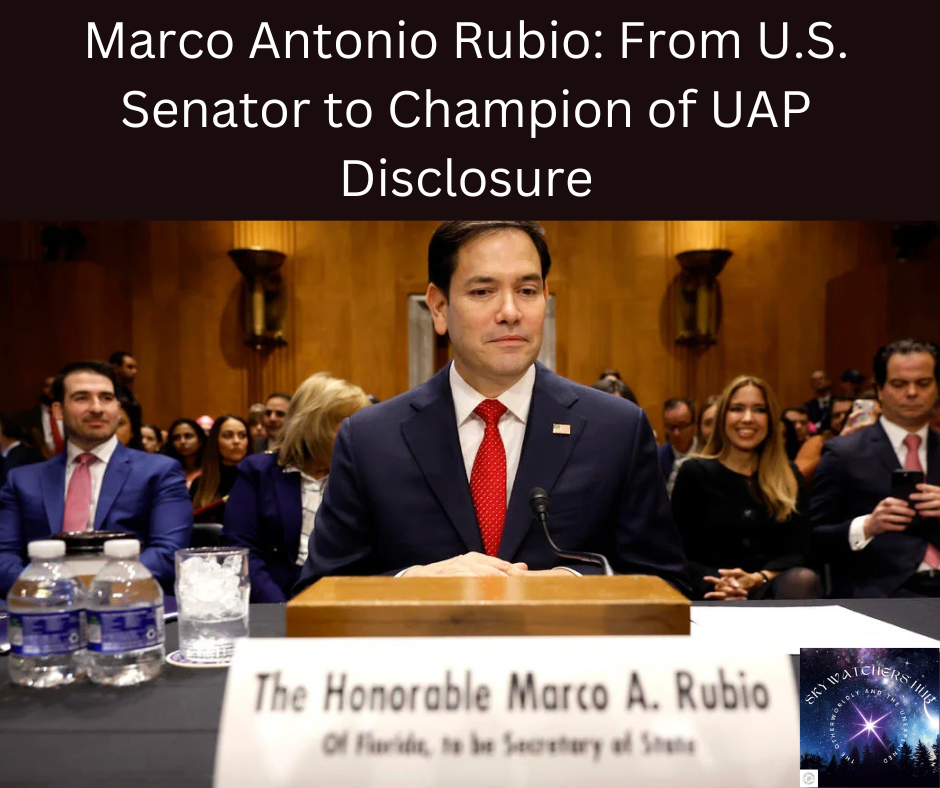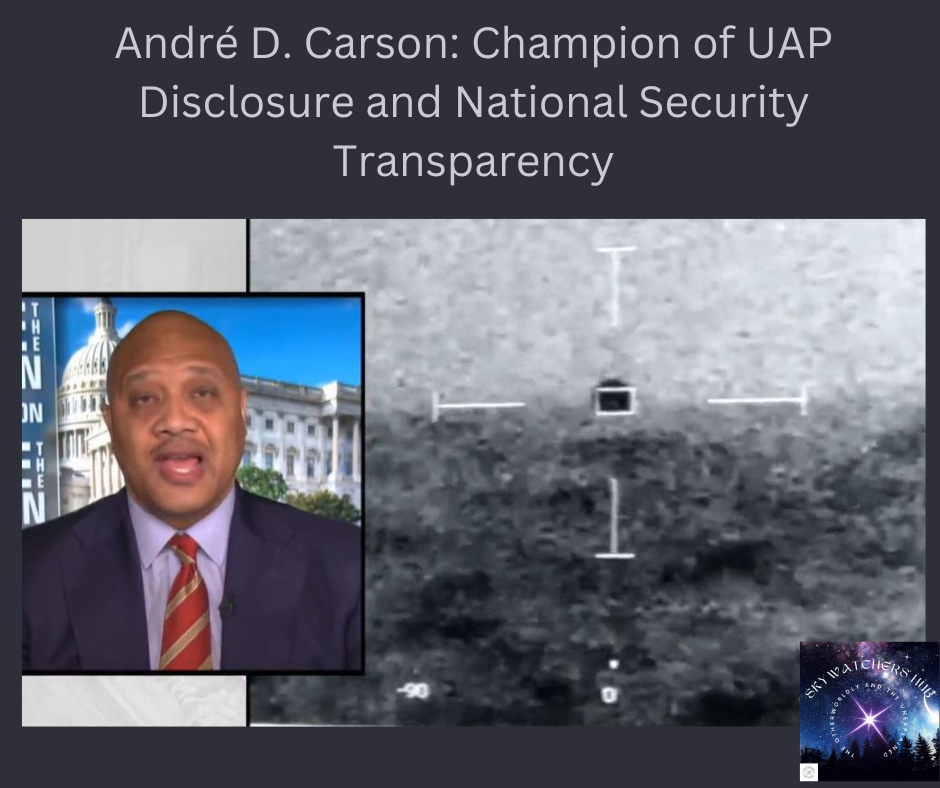Timothy Cole Gallaudet: A Career in Oceanography and the Navy Leading to UAP Disclosure Advocacy
- Skywatcher's Hub

- Feb 17
- 6 min read
Updated: Mar 1

Timothy Cole Gallaudet is an accomplished American oceanographer, a retired Rear Admiral in the United States Navy, and an influential advocate for Unidentified Aerial Phenomena (UAP) disclosure. His career spans a unique combination of scientific expertise, military service, and leadership in both environmental and security-related fields. As a respected figure in the fields of oceanography, naval service, and defense, Gallaudet’s path to becoming a significant advocate for UAP transparency is both logical and impactful, as it draws from his deep experience in areas that intersect with national security, scientific discovery, and defense strategy.
As a Navy officer and senior military leader, Gallaudet spent decades overseeing critical defense operations, scientific missions, and environmental studies, with a particular focus on understanding the world’s oceans and the technologies needed to protect U.S. interests. But it was his involvement in the military and scientific communities, combined with his growing awareness of UAP-related phenomena, that eventually drove him to take a proactive role in UAP disclosure. This post will explore how Gallaudet’s distinguished career led him to work on UAP disclosure and how his expertise continues to shape his advocacy for transparency.

From Oceanography to Naval Service
Timothy Gallaudet’s career in the United States Navy and his work as an oceanographer are central to understanding his perspective on UAPs. Gallaudet’s academic background is rooted in the study of the oceans, having earned a Ph.D. in oceanography from Scripps Institution of Oceanography, a prestigious research institution. His early career involved scientific research and deep-sea exploration, where he helped expand humanity’s understanding of the marine world. This foundation in scientific inquiry and environmental monitoring would later shape his approach to addressing the U.S. Navy's role in investigating UAPs.
In 1993, Gallaudet began his service in the U.S. Navy, eventually rising to the rank of Rear Admiral. His naval service included overseeing key military operations, and he was deeply involved in the Navy’s strategic defense missions and scientific research. As an expert in both the oceans and defense, Gallaudet had a unique vantage point: he understood the complexities of technology, the dynamics of military operations, and the importance of ensuring U.S. security in the face of unknown threats—making him a critical voice in the emerging discussions on UAPs.

Military and Scientific Experience Meets UAPs
As a Rear Admiral and oceanographer, Gallaudet was exposed to high-level military intelligence and technological developments, which brought him face-to-face with growing concerns within the military about UAP sightings. The U.S. Navy, in particular, had been increasingly involved in the investigation of UAP-related incidents, as Navy pilots and personnel reported unexplained aerial phenomena that appeared to exhibit extraordinary speed, maneuverability, and characteristics beyond known technology.
Gallaudet’s dual background in military operations and scientific research made him uniquely qualified to understand the complexities of these phenomena. From a military standpoint, the fact that these UAPs seemed to defy current understanding of aviation technology raised significant national security concerns. From a scientific perspective, the unexplained nature of the UAPs suggested the need for deeper investigation and collaboration across multiple disciplines.
His naval career also included a leadership role in overseeing strategic defense systems, and as the U.S. government began paying greater attention to UAPs, Gallaudet began to see the potential risks of unidentified objects entering sensitive military airspace without being properly identified or understood. His security-first mindset, developed through his military training and leadership, would naturally extend to supporting efforts for the government to reveal what it knew about UAPs and their potential implications for U.S. defense and safety.

Advocacy for UAP Transparency
Gallaudet’s expertise and experience were further recognized when he was appointed as the Assistant Secretary of Commerce for Oceans and Atmosphere and Deputy Administrator of the National Oceanic and Atmospheric Administration (NOAA) in 2017. His leadership at NOAA allowed him to expand his reach in promoting transparency and scientific investigation—values that would come to define his advocacy for UAP disclosure.
The emergence of U.S. military reports detailing encounters with UAPs, such as the 2017 New York Times revelations about the Pentagon’s Advanced Aerospace Threat Identification Program (AATIP), likely prompted Gallaudet to take action. As someone who had been involved with military leadership and scientific research, he recognized the need for an open, data-driven approach to investigating these phenomena. His belief that scientific inquiry and security oversight could work hand-in-hand to resolve UAP-related concerns drove him to speak out publicly and advocate for government disclosure of UAP findings.
In 2020, Gallaudet voiced his support for greater UAP transparency and data sharing between government agencies, military branches, and the scientific community. As an individual deeply involved in national security and scientific research, he was one of the many figures who pushed for the declassification of UAP-related reports and advocated for a more formal, systematic approach to understanding these aerial phenomena. He stressed that the public had a right to know about these encounters, especially if they posed any potential security threats.

National Security and Scientific Collaboration
Gallaudet’s push for UAP disclosure was grounded in his commitment to national security, but it also reflected his scientific mindset. He called for collaboration between military, defense, and scientific communities to properly investigate and understand UAPs. His involvement in the scientific research community and his previous leadership at NOAA gave him the experience to understand that multidisciplinary collaboration—involving aerospace engineers, physicists, military experts, and national security personnel—was essential to understanding the true nature of UAPs.
From a scientific standpoint, Gallaudet recognized that UAPs could represent an opportunity for advancement in aerospace technology or defense capabilities. If these objects were determined to be foreign adversaries' technologies, the potential implications for U.S. national defense were enormous. Conversely, if they were extraterrestrial in nature, it would raise entirely new questions about the scope of human knowledge and the potential for scientific discovery.

UAPs as a National Security Priority
For Gallaudet, UAP disclosure is ultimately tied to the core principles of national security. Whether UAPs represent advanced foreign technology or something even more extraordinary, they raise significant concerns for the U.S. military and the safety of U.S. airspace. With his understanding of military operations and his scientific expertise, Gallaudet has made it clear that these phenomena must be investigated thoroughly and openly. The idea that UAPs could present a potential security threat to the United States or its allies underscores why transparency and scientific inquiry are so critical.
By championing UAP disclosure, Gallaudet has helped to elevate the discussion from one of speculation to one of rigorous investigation. His leadership has inspired greater interest in the role that science and technology can play in resolving the mysteries of UAPs, and his support for a data-driven approach has resonated with other leaders who share a commitment to understanding the unknown.

The Road Ahead: Gallaudet’s Continued Role in UAP Disclosure
Although Gallaudet has retired from active naval service, his voice remains influential in the ongoing dialogue about UAPs. He continues to advocate for transparency and accountability, especially in light of the increasing number of reports and encounters involving U.S. military personnel and UAPs. Gallaudet’s background in military defense and scientific exploration positions him as a key figure in the effort to uncover the truth behind UAP phenomena and ensure that the U.S. government takes an active role in investigating these incidents.
As the U.S. government continues to expand its efforts to understand and disclose information about UAPs, Gallaudet’s voice will likely continue to be heard, urging transparency, collaboration, and data-driven research.

Conclusion: Gallaudet’s Legacy in UAP Disclosure
Timothy Cole Gallaudet’s career as an oceanographer, Rear Admiral, and national security leader has uniquely positioned him as an advocate for UAP transparency. His commitment to scientific inquiry, military defense, and national security, combined with his direct involvement in the investigations surrounding UAPs, makes him a leading voice in the call for greater disclosure. By pushing for government transparency and scientific collaboration, Gallaudet is helping shape the future of how UAPs are understood, investigated, and addressed. His work ensures that UAP disclosure is not just about curiosity, but about ensuring the security, safety, and scientific advancement of the United States and the global community.

.png)









Comments